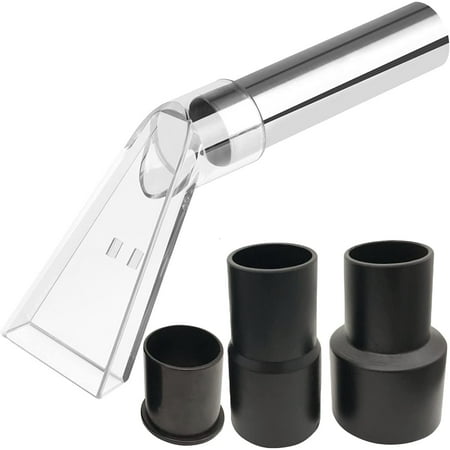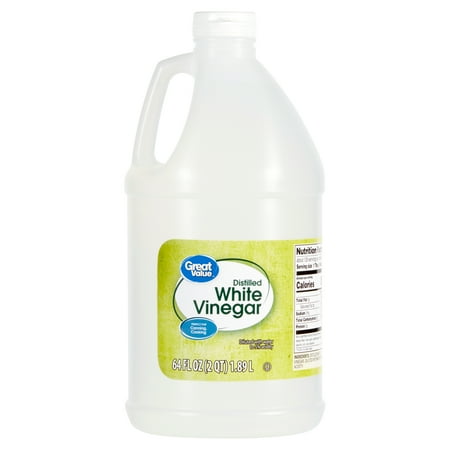How to clean outdoor cushions in 4 simple steps – get them spring-ready by hand, or in the washer without damage
Simple steps to a summer spruce up

Linda Clayton

As the weather warms, learning how to clean your outdoor cushions without damaging them is vital for fully enjoying your outdoor space. If you've pulled your outdoor cushions out of storage, or perhaps they were left out in the winter elements, they will likely now be covered with dirt, mold, or other stubborn stains.
But don't fret if they're looking and smelling worse for wear. Rather than replacing them, you can clean them in just four expert steps, helping spruce up your outdoor seating accessories as spring gets into full swing.
Here, cleaning experts share their top tips to freshen up outdoor cushions as the perfect finishing touch when tackling essential outdoor cleaning tasks.
How to clean outdoor cushions like a pro
When buying outdoor cushions, it’s important to keep track of the cleaning instructions, as different fabrics and brands will have varying recommendations. Since labels and laundry symbols can fade over time, it’s a good idea to make a note of them and keep it somewhere handy, such as in your utility room or near the washing machine.
Generally speaking, however, you can make great use of the following supplies when cleaning outdoor cushions yourself:
- A gentle lint brush, available from Walmart, or the best vacuum with an upholstery attachment.
- Gentle laundry detergent, such as the Attitude detergent, from Walmart, which is free from harsh chemicals and artificial dyes and fragrances.
- Microfiber cloths, from Target, to dab stains.
- Optional: White vinegar, from Target, to kill mold.
1. Brush off loose dust and dirt

Remove loose dirt to prevent smears and stains when washing later.
Outdoor cushions benefit from a regular shake-out to remove loose dust and mites before cleaning. Do this outdoors and downwind of your patio area to avoid spreading the dust onto outdoor furniture.
Just like when you’re cleaning upholstery inside, suction out any dust in the creases and seams of any outdoor cushions and seat pads that don’t have removable covers using the upholstery attachment on your vacuum; a cordless vacuum will make the job easier to do outdoors.
Design expertise in your inbox – from inspiring decorating ideas and beautiful celebrity homes to practical gardening advice and shopping round-ups.
2. Machine wash what you can

Machine washing takes the effort out of cleaning outdoor cushions while fluffing them up.
Some outdoor furniture comes with machine-washable cushions or removable cushion covers. If this is the case, popping them in the washing machine with a mild detergent, such as Tide Free & Gentle Laundry Detergent from Walmart, can help remove odors and stains.
Always check for a washing label inside the cushion cover. If there isn’t one, you can often judge by feel: removable covers that don’t have a special water-repellent coating can usually be machine-washed. Use a low temperature and a mild detergent to keep them in good condition.
Once clean, reap the benefits of air-drying laundry by handing the cushions or covers out in the sun to dry. This will further remove odors, lighten stains, and reduce the risk of items shrinking.
3. Hand clean stains

Hand wash outdoor pillows and inserts where necessary. Fully dry the inserts before putting them back in their cases as you may end up with a mold problem.
If your outdoor cushions cannot be washed in your best washing machine, or they have tough stains, you will need to clean upholstery by hand instead.
The process is very similar to hand-washing clothes, Laura Schwarze, Head of Luxury Rattan, assures. She suggests, ‘Use warm water, not too hot, with a mild detergent to clean non-removable cushion covers. A soft-bristled scrubber can help ease away any stubborn dirt before cleaning with a damp cloth.
It can be a good idea to do a patch test on the back of the cushion first to check that your chosen detergent and/or brush doesn’t mark the fabric.

When handling detergent, wear cleaning gloves to protect your skin from irritation and drying out.

These detail brushes are for more than just grout. The fine heads make them perfect for target-treating outdoor cushion stains and preventing them from spreading.

Microfiber cloths are super absorbent, making it easy to soak up marks and stains from fabrics without needing to scrub. No matter how grubby they get, they clean up well in the washer. Skip fabric softener to help them maintain their ability to soak up liquid.
If yours have been stored in a damp or poorly ventilated space, you may have to clean mold off outdoor cushions.
One of the best ways to get rid of black mold is to clean it with vinegar. Make your own DIY cleaning solution by mixing one cup of vinegar with a gallon of warm water, and a drop of liquid detergent.
Then, spray the mix on your cushions, let it sit for up to half an hour, and rinse off. Finish by dabbing with plain water and detergent to remove residue, and allow the cushion to dry in a warm, ventilated spot, such as in the sun on your patio, to help remove odors and further lighten stains – especially when cleaning white outdoor cushions.
Sunshine helps to naturally fade stubborn stains, too.
4. Let them dry thoroughly

Letting freshly cleaned outdoor cushions dry in the sun helps lift stubborn stains and prevent mold and musty smells.
Cushions should be allowed to dry completely to prevent mildew. Once dry, you may want to treat the fabric with a stain- and water-repellent product, making it easier to wipe clean in the future.
Don't think the task is over there, however. Polya Petrova, cleaning and laundry expert at Fantastic Services adds, 'Besides knowing how to clean your furniture, regular maintenance is also important. To keep it in good condition, perform periodic cleaning and check for any signs of damage or wear.'
Meet the experts

Mold, dirt and grime stand no chance against Polya who is a dedicated partner of the cleaning company, Fantastic Services. Polya prides herself on her end-of-tenancy cleaning, which involves tackling bathrooms and problem areas like tiles. She has been a professional cleaner since 2017. But last year she decided to take the leap and become a Fantastic Services franchisee.
FAQs
How can I help make my outdoor cushions last longer?
It can prove a bit of a nuisance, but popping your outdoor cushions away each night will protect them from damp overnight air and help them last longer. An outdoor storage ottoman, such as the 71-gallon durable resin outdoor storage caddy from Wayfair is handy for keeping cushions tucked away overnight; some outdoor furniture includes storage for this purpose inside tables or sofas.
‘To prevent dirt build-up and stains on your outdoor furniture, consider using plastic cover cushions, or make sure you’re treating your fabric with upholstery protectors,’ adds Ash Read, an interior expert at Living Cozy.
Never leave outdoor cushions outside through winter. Instead, wash them carefully, dry thoroughly and store them in an airtight bag or container in the shed or attic.
How do you remove bird mess from outdoor cushions?
Bird poop is one of the worst offenders to deal with, so we know you’ll wear gloves! First scrape off the bulk of it, then give it a good vacuum on the highest setting. The more you can get off before adding water, the better your chances.
Next, mix a drop of liquid detergent into a spray bottle of warm water and spray the spot. Blot the dirt out and repeat until gone. The trick is not to scrub, otherwise you’ll risk pushing the dirt further into the fabric. If you can machine wash the cover, do so, and sanitize your washer afterward. Otherwise, rinse off any soap residues with the garden hose.
Warmer weather and longer hours of sun make cleaning outdoor cushions one of the essential outdoor cleaning tasks to do now, taking advantage of the weather before the hosting season well and truly kicks off.

Chiana has been at Homes & Gardens for two years and is our resident 'queen' of non-toxic living. She spends most of her time producing content for the Solved section of the website, helping readers get the most out of their homes through clever decluttering, cleaning, and tidying tips. She was named one of Fixr's top home improvement journalists in 2024.


